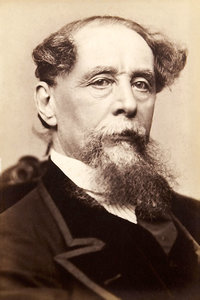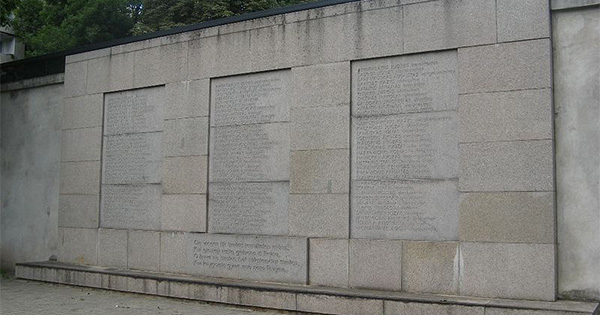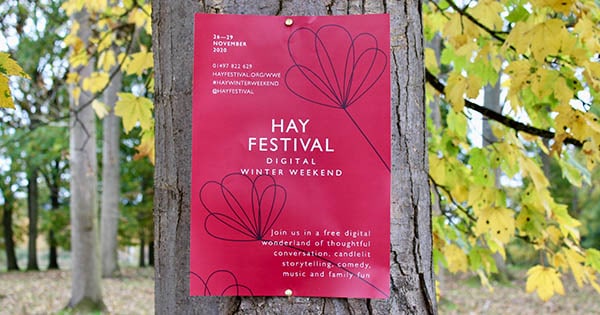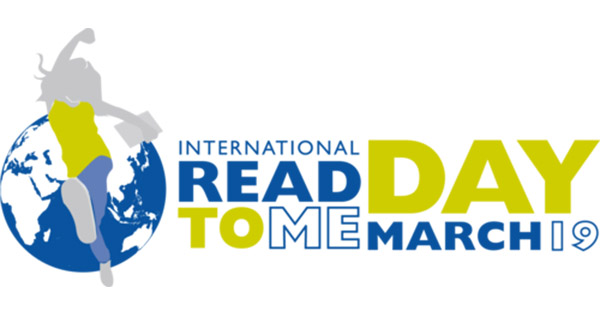Charles Dickens: Man of Science is a current exhibition running at the Charles Dickens Museum until November 11th and the exhibition is looking at the author’s contribution to science, and notably medicine.
Dickens astute observations on human behaviours means he spotted many illnesses and their symptoms before they were recognised by the medical community and his descriptions so accurate that they can be used to build correlation between symptoms and disease.

In the Pickwick Papers, the messenger Fat Boy Joe is “always asleep… he goes on errands fast asleep, and snores as he waits at table”. Joe’s constant snoozing becomes a running joke in the Dickens’ novel but it also served as inspiration for medics. In 1956 while studying an obese poker player who fell asleep holding a winning hand, American doctors named “Pickwickian Syndrome” or as it’s known today, Obesity hypoventilation syndrome where obesity causes breathing problems leading to daytime sleepiness.
In the novel Dombey and Son, Mrs Skewton’s “Last illness” leaves her unable to speak and with right-sided paralysis. While in modern times we may recognise that she is brain injured, during Dickens’ time, doctors did not understand these illnesses and they had barely been documented.
In many cases Dickens’ descriptions were so precise that they were used to treat and diagnose. In William Aitken’s Science and Practice of Medicine from 1863, Dickens’ description of tuberculosis from Nicholas Nickleby is reprinted as it offers such an accurate description.
Drawing on evidence from his novels, journals, letters and correspondence with friends, this exhibition reveals Dickens extensive connections with great scientific minds of the day. Dickens was in constant correspondence with Michael Faraday, holidayed with chemist Jane Marcet, admired by mathematician Ada Lovelace (she asked Dickens to read Dombey and Son to her on her deathbed) and was responsible for the obituary of palaeontologist Mary Anning.
A long known campaigner for social justice, Dickens also campaigned for better sanitation, better protection for workers and was an early supporter of Great Ormond Street Hospital, highlighting London’s appalling child mortality rated in an essay entitled Drooping Buds.
Charles Dickens: Man of Science runs until 11th November at the Charles Dickens Museum located at 48-49 Doughty Street.

Jurgis Bielinis and the Day of the Book Smugglers

The Hay Festival Launch their Digital Winter Weekend

Line-up Announced for Digital Hay Festival Event

BBC Arts Announce Full Line Up for The Big Book Weekend

Michelle Obama to Present Read-Along Mondays

